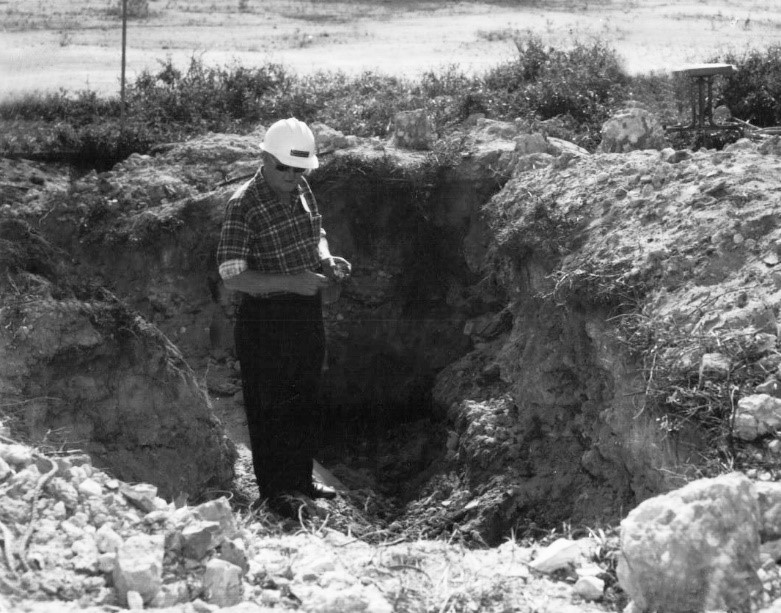For over 33 years, Fort Zachary Taylor Historic State Park has been a warm and inviting destination for locals and world travelers alike. But many don’t realize the whole story of how this beautiful park came to be.
Friday, December 21, 2023, marked the 55th anniversary of the beginning of the renaissance of Fort Taylor in Key West, Florida.
In 1968, the park was simply acres of bare marl fill surrounding an old dilapidated brick structure that contained the Navy’s junk yard. But that all changed on Saturday, December 21, 1968, when Howard England and his initial group of volunteers began to excavate what they thought might be a trove of buried Civil War armaments and munitions.
The project began in July 1968 with a question from the Miami Herald’s “Action Line” column to the newly-arrived Naval Base Commander inquiring into the historic value of the brick structure on the Naval Station. Acting on this question, Howard England and a team of several others were directed to investigate the history of the structure.
After six months of research and onsite probing, the team concluded that there were likely Civil War armaments (both cannons and ammunition) buried in 1898 in front of Battery Osceola, one of the Endicott Period additions to the Fort. Howard England then requested permission to further explore the ruins by digging into the fill on top of the South Face of the Fort.

On the morning of Saturday, December 21, 1968, Howard England (pictured above), his two sons Edward and Thomas, and three others gathered on the top of the South Face of the Fort to begin digging into the fill that had covered the South Face of the fortress for almost 70 years. Whitey Keevan, his company foreman, and one of his crane operators of Keevan Construction Company, were recruited by England to assist with the initial excavations.
Using a clam shell bucket that reached over the South Wall, the team began to remove the first portion of the top cover on that December morning. The first several buckets revealed only sand and top soil. However, after an hour of careful digging, the crane’s bucket struck a substantial object that sounded metallic.
They halted the crane’s excavations, and the team attacked the object with shovels. What they uncovered was an iron object that initially appeared to be possibly the muzzle of a cannon. More hand digging revealed that it was an iron wheel approximately 18 inches in diameter and 6 inches thick from a Civil War gun carriage. It was mounted in an iron bracket with an iron bolt. While not a cannon, it was indisputable evidence that Civil War armaments were buried at the Fort.
From that first morning of excavations, the legacy of Fort Taylor was revealed over an eight-and-a-half-year span. Howard England and his volunteer diggers, whom he called his “Sand Hogs,” excavated some 50,000 cubic yards of fill and rubble and discovered 20 cast iron cannons and over 7,000 cannon balls and projectiles.
Recognizing its historic importance, the Fort was declared a National Historic Site in 1971, and in 1973 a National Landmark – all while still a Navy junk yard! With the reduction of the Navy presence in Key West, the State of Florida acquired the property in October 1976.
Howard England was selected to be the first full-time Park Ranger for the Fort in 1976. For 8 and a half years he worked to prepare the property to become s State Park. In 1983, he was awarded the first-ever Florida Park Service Distinguished Service Award – quite an honor for an individual who worked so tirelessly along the way to bring his dream to reality!
After nine years of development and preparation, the Fort became a part of Fort Zachary Taylor Historic State Park when it opened formally in July 1985. Today, some 55 years later, Howard England’s vision of a park for recreation and its historic site are on display daily at one of the most popular of Florida’s 175 four-time, Gold Medal-winning state parks.